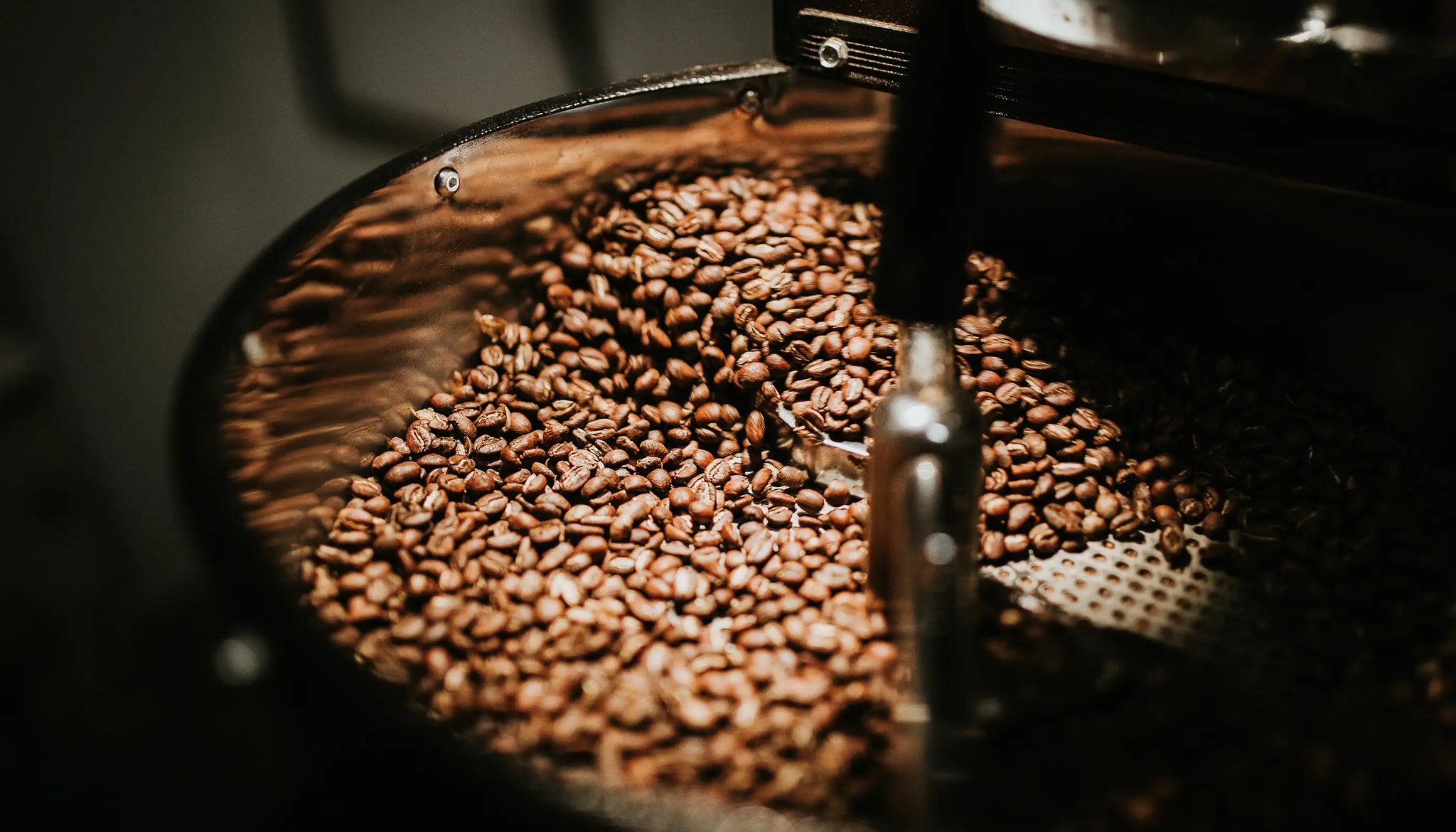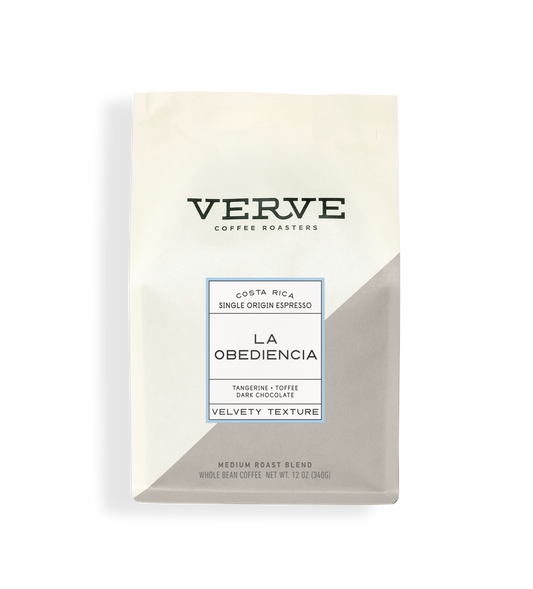Where to Buy Genuine SOE Single Origin Espresso Online
Where to Buy Genuine SOE Single Origin Espresso Online
Blog Article
Coffee Beans 101: Everything You Required to Understand About Coffee and Blended Coffee Beans
When it concerns coffee, recognizing the subtleties of espresso and blended beans can change your everyday cup. You'll discover the unique features of Arabica and Robusta beans, and just how each impacts flavor and high levels of caffeine web content. From the expanding process to roasting methods, every step contributes in your coffee experience. So, what makes the excellent brew? Allow's explore the important aspects that add to a phenomenal mug of coffee.
Comprehending Coffee Beans: Ranges and kinds
When diving right into the world of coffee, comprehending the types and selections of coffee beans is necessary for every enthusiast. Arabica beans are recognized for their smooth, intricate flavors and lower caffeine material, making them a favored amongst coffee connoisseurs.
Within these varieties, you'll locate different regional selections, each bringing one-of-a-kind attributes. For instance, Ethiopian Yirgacheffe provides bright floral notes, while Colombian beans supply a healthy taste account. As you discover, remember to pay focus to processing methods like washed or all-natural, as they can significantly influence the last taste. By familiarizing on your own with these beans and their flavors, you'll elevate your coffee experience and make even more educated options in your developing trip.
The Expanding Process: From Seed to Bean
When you explore the trip of coffee, it all begins with seed choice methods that set the foundation for top quality. From there, farming and collecting play necessary functions in making certain the beans flourish. Lastly, processing methods change those gathered cherries right into the coffee beans you enjoy.
Seed Choice Methods
Picking the appropriate seeds is necessary for producing high-quality coffee beans, as it lays the structure for the whole growing procedure. You need to start by choosing seeds from trustworthy resources that focus on top quality and hereditary diversity. Look for varieties known to grow in your particular climate and dirt problems. Take note of the seed's age and storage conditions, as fresh seeds often tend to sprout better. When possible, select organic seeds to lessen exposure to harmful chemicals. Consider the disease resistance of different ranges, as this can significantly affect your return. Do not be reluctant to consult with regional farmers or experts to get insights right into the finest seed alternatives for your region. This understanding will certainly improve your coffee-growing experience.
Growing and Harvesting
As you nurture your coffee seeds right into flourishing plants, recognizing the cultivation and harvesting procedure is crucial for accomplishing the best taste and top quality. Beginning by planting your seeds in well-draining dirt, ideally in a shaded area to shield them from direct sunlight.
When it comes time to harvest, try to find ripe cherries, which typically turn a lively red. Hand-picking is usually the very best method to guarantee only the ripest cherries are selected. Timing is essential; harvesting prematurely or far too late can impact the taste account of your beans. Welcome persistence and treatment, as this is where high quality starts.

Handling Methods Discussed
When you've gathered your coffee cherries, the following necessary action is refining them to transform those vibrant fruits right into the beans you'll brew. In the dry procedure, you spread out the cherries out in the sunlight to dry, enabling the fruit to ferment and pass on special tastes to the beans. Comprehending these techniques is vital to appreciating your coffee experience.
Roasting Methods: How Flavor Is Established
When it pertains to roasting coffee beans, recognizing roast levels is crucial to revealing their one-of-a-kind flavors. Each toasting method influences the scent and enhances the flavor development process, giving you a richer coffee experience. Allow's discover exactly how these aspects come together to raise your everyday mixture.
Roast Degrees Clarified
Roast degrees play a vital function in shaping the flavor profile of your coffee. You'll take pleasure in brilliant acidity and fruity notes when you select a light roast. As you relocate to a medium roast, you'll notice an equilibrium of sweetness and complexity, usually highlighting chocolate or sugar tastes. Dark roasts, on the other hand, deliver vibrant, smoky qualities with less level of acidity, making them robust and rich. Each degree arises from different roasting times and temperatures, affecting the beans' chemical structure. By comprehending these degrees, you can better choose a coffee that matches your preference preferences. Try out various roasts to uncover which one reverberates with you, boosting your overall coffee experience and satisfaction.
Influence On Scent
The roast degree not only influences the preference of your coffee however additionally substantially affects its fragrance. When you select a light roast, you'll often notice intense, floral notes that can make your coffee smell fresh and lively. As the beans dim, the scent changes; a tool roast draws out much more balanced, caramelized scents, while a dark roast often tends to include strong, smoky touches. Each roasting technique releases various unstable substances, shaping just how your coffee smells. In addition, the quality of the beans plays a vital role; newly baked coffee launches more aromatic oils, improving that attracting fragrance. Pay focus to the roast level-- it's vital to exposing the full fragrant experience of your mixture.
Flavor Growth Process
As you explore the flavor advancement procedure, you'll find that toasting methods play a crucial function in forming the taste account of your coffee. The roasting temperature and time directly affect the acidity, sweet taste, and bitterness of the beans. Light roasts preserve even more of the bean's original flavors, highlighting fruity and floral notes.
Espresso vs. Blended Coffee: Key Differences
Coffee and combined coffee each deal special experiences that deal with different tastes and preferences. Coffee is a concentrated coffee made by forcing warm water via finely-ground coffee beans, leading to an abundant, bold flavor and a creamy layer of crema ahead. It's typically taken pleasure in as a shot or used as a base for beverages like coffees and lattes.
On the various other hand, mixed coffee combines different beans from different areas, creating a more well balanced flavor account. You'll commonly locate blends that highlight body, acidity, or sweetness, making them functional for various developing approaches. While coffee concentrates on strength, combined coffee might provide a broader range of tastes that can alter with each sip.
Inevitably, your option between coffee and mixed coffee come down to your personal preference. Whether you long for a leisurely mug or a quick jolt, both options have something delicious to supply.

Developing Techniques: Unlocking the Perfect Cup
When it involves brewing coffee, discovering the right technique can change your experience and boost your mug. Each developing strategy has its unique charm and can substantially impact your coffee's taste and scent. For instance, utilizing a French press permits you to enjoy a rich and robust brew, while a pour-over technique provides a tidy, bright mug with distinct flavors.
If you prefer espresso, buying a top quality maker can help you grasp the art of drawing shots. Alternatively, for convenience, a single-serve covering system provides rate without compromising taste.
Don't neglect about cool brew, which delivers a smooth, much less acidic coffee ideal for warm days. Experiment with different techniques to uncover what resonates with your taste.
Sampling Notes: Identifying Flavor Profiles
Just how can you genuinely appreciate your coffee if you don't understand what flavors to seek? Tasting notes are your guide to recognizing the intricate world of coffee. When you sip, take notice of the preliminary flavors that hit your taste. You could discover fruity notes, like berry or citrus, or probably a nutty undertone. As you continue to taste, notice how the tastes progress-- this is referred to as the "coating." Some coffees may leave a chocolatey or caramel aftertaste, while others may have a bright, clean coating.
Take into consideration the body of the coffee, as well; is it ventilated and light or thick and syrupy? Do not forget level of acidity; a bright acidity can include spiritedness, while a low acidity may offer a smoother experience. By recognizing these taste profiles, you'll grow your connection with each mug, making coffee sampling a delightful journey of discovery.

Tips for Choose and Keeping Coffee Beans
Selecting and keeping coffee beans properly can greatly boost your developing experience. Begin by picking high-quality beans that match your taste - SOE.
Once you have your beans, store them SOE in an impermeable container to avoid direct exposure to air, light, and moisture. A dark, amazing location functions best, so prevent keeping them in the fridge or fridge freezer, as this can introduce moisture. Only grind the quantity you require to keep freshness; entire beans keep flavor longer than pre-ground coffee.
Last but not least, try to utilize your beans within 2 to 4 weeks after opening for peak preference. Complying with these pointers will certainly ensure your coffee stays delicious and satisfying, raising your daily brew to brand-new heights.
Regularly Asked Inquiries
Exactly How Long Do Coffee Beans Stay Fresh After Toasting?
Coffee beans remain fresh for about two weeks after roasting - SOE. You need to keep them in an impermeable container, away from light and wetness. After that, their taste and scent start to diminish substantially

Can I Mix Different Coffee Bean Varieties?
Absolutely, you can blend different coffee bean ranges! Explore blends can enhance tastes and develop a special preference account. Just make certain to balance the staminas and characteristics of each variety for the very best outcomes.
What Is the Ideal Work Dimension for Coffee?
For espresso, you'll want a fine grind dimension, regarding the structure of salt. This enables perfect removal, resulting in an abundant, savory shot. Experiment a bit to locate what matches your preference best!
How Does Elevation Affect Coffee Bean Flavor?
Elevation impacts coffee bean taste by influencing the growth price and chemical make-up. Higher altitudes bring about slower growth, which enhances acidity and intricacy, providing your coffee a vibrant and distinct preference you will not fail to remember.
Exist Decaffeinated Variations of Coffee Beans?
Yes, there are decaffeinated variations of coffee beans. You can enjoy a rich espresso taste without the caffeine kick. Simply look for "decaf" blends at your neighborhood coffee bar or specialty store.
Coffee Beans 101: Whatever You Required to Know Concerning Espresso and Blended Coffee Beans.
When diving into the world of coffee, recognizing the types and selections of coffee beans is essential for every fanatic.When it comes to roasting coffee beans, understanding roast degrees is key to exposing their one-of-a-kind flavors. Espresso is a focused coffee brewed by requiring warm water through finely-ground coffee beans, resulting in an abundant, vibrant taste and a creamy layer of crema on top.On the other hand, combined coffee incorporates numerous beans from different regions, producing an extra well balanced taste account.
Report this page